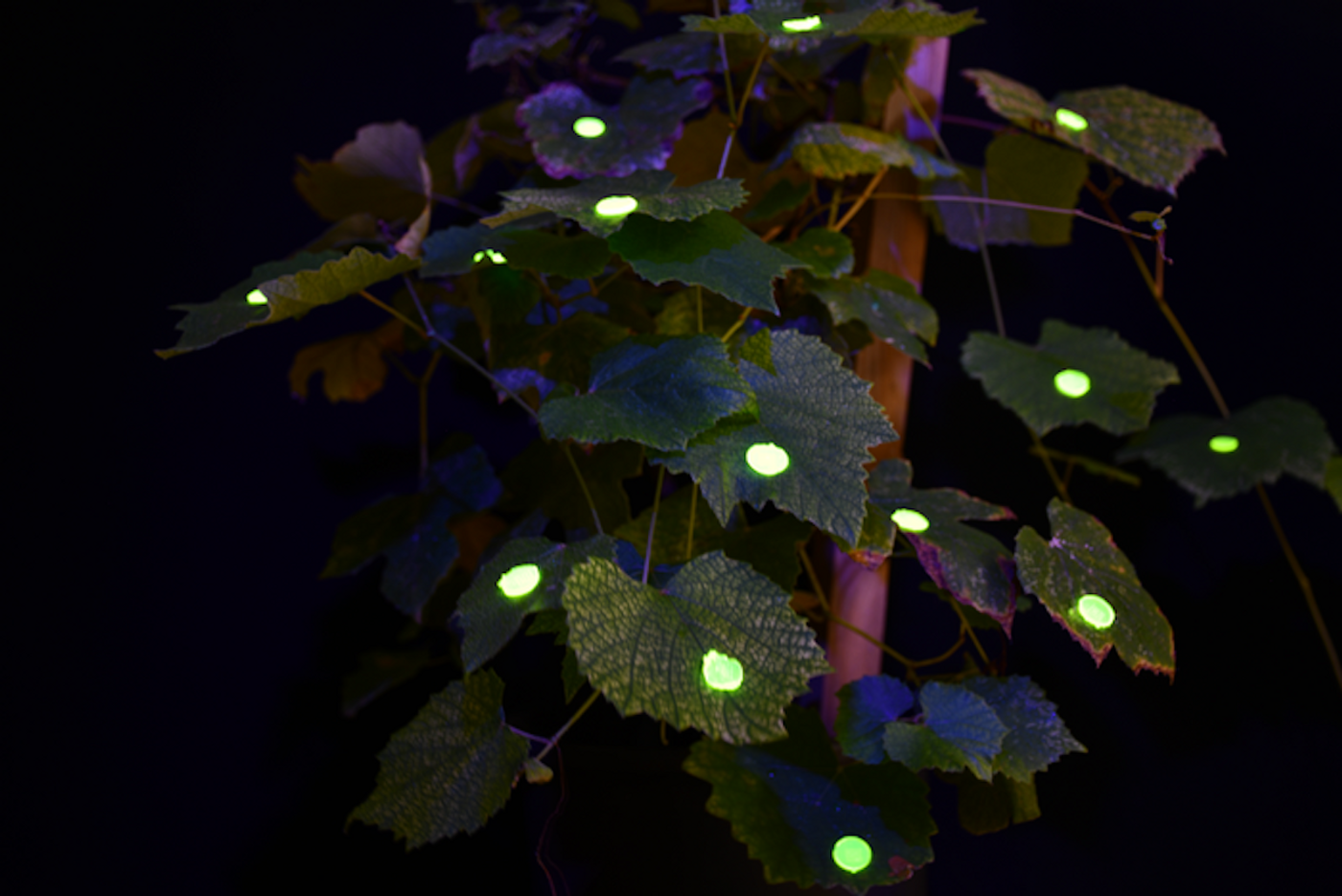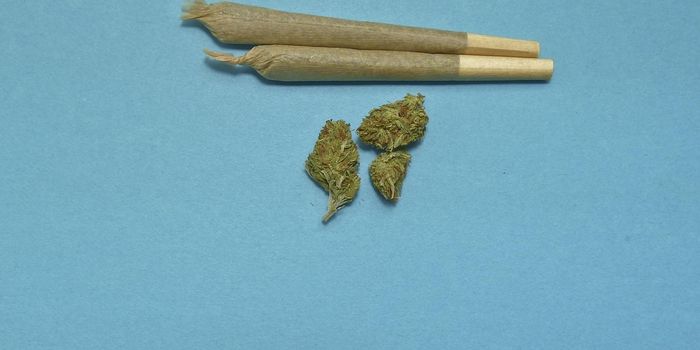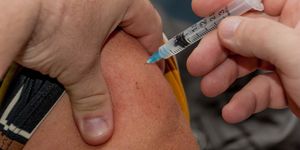This Biodegradable Velcro is Made From a Plant
Our planet has a plastic problem, and we can use innovations that use more environmentally friendly materials to replace plastic products. Researchers have now developed a prototype of a soluble, biodegradable velcro. The design relies on the tiny little hooks on a plant called the catchweed (Galium aparine), and it could be applied to monitoring devices that are used in precision farming, or as environmental sensors. The micro hooks can bind to plant leaves temporarily to release helpful substances like nutrients, pesticides, or pharmaceuticals, for example, or they could sense and communicate the health of plants. The work has been reported in Communications Materials.
Catchweed is a climbing plant, and as it grows, it climbs over other plants with its micro hooks, using other organisms for structural support. The researchers were inspired by this natural design, and engineered a synthetic version. Using a 3D printer and a variety of materials, they experimented with different characteristics, including photosensitivity and solubility. An isomalt sugar can be used to print the hooks, which will then easily dissolve harmlessly.
The research team tested the micro hooks for durability and its ability to anchor to other things, and found that the hooks easily attach to different types of plants.
“These micro-hooks are versatile and have allowed us to create a range of applications, as well as filing a patent," said first study author Isabella Fiorello, who works in the lab of research leader Barbara Mazzolai at the IIT (Istituto Italiano di Tecnologia or Italian Institute of Technology). “This form of anchoring can be exploited for in situ monitoring of the plant’s microclimate, such as temperature, humidity and light, or for the controlled release of molecules into the plant’s vascular system.”
Hooks have already been 3D printed with a photosensitive resin, and assembled along with electronics to work as sensors that detect light, humidity, or temperature. This system can be used to wirelessly monitor the health of a plant.
The researchers also used this design to engineer a microrobotic system that can take microsteps and move over the surface of leaves.
Sources: ITT, Communications Materials









